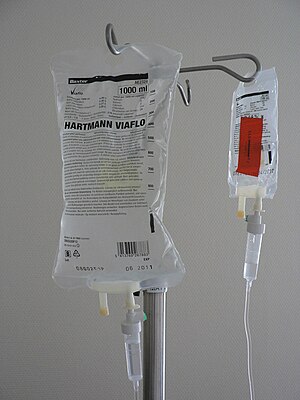 Image via Wikipedia
Image via WikipediaI encourage you to read the following articles for interesting and well-reported articles about Chronic Fatigue Syndrome:
"The Puzzle of Chronic Fatigue Syndrome" by Amy Dockser-Marcus in the Wall Street Journal. Dockser-Markus writes about the experiences of Dr. David Bell (who will be speaking at our lecture on April 16) and his patients in the small town of Lyndonville, N.Y. The online article has a video of Dr. Bell.
"An Illness That's Hard to Live With - And Define" by Leonard Jason, PhD, also in the Wall Street Journal, describes his experience of the illness. Dr. Jason has been an active CFS researcher, and led the effort to create a diagnostic definition of CFS in children.
"Troubles with CFS Start With Defining It" by David Tuller in the New York Times (online now and in print on Tuesday, March 8). This very important article describes why the selection of patients for research studies, which depends on how the illness is defined, is so critical to research results.
"Chronic Fatigue Syndrome & Psychotherapy" by John Falk in the Huffington Post. This personal story will resonate with many patients who have hidden their illness from others.
Unlocking Chronic Fatigue Syndrome. Another great piece in the Wall Street Journal by Amy Dockser Marcus, The online version has 5 tabs:Another source for current articles and information about CFS (chronic fatigue syndrome) and FM (fibromyalgia) is the Co-Cure website and Co-Cure list serve. Co-cure stands for "Cooperative and Communicate for a Cure." This is their mission statement:
• Article: the article itself (which includes links to the items listed below)
• Video: a link to the David Bell video published earlier this month
• Interactive Graphics: a timeline of XMRV
• Documents: a patient experience story (by a 21-yr old)
• Comments: where people can comment on the story
The primary goal of the Co-Cure list is to further co-operative efforts towards finding the cure for the illness(es) commonly referred to as Chronic Fatigue Syndrome (CFS) and Fibromyalgia (FM). One of the ways in which this goal may be achieved is through effective exchange of information. This page and supporting pages are dedicated to that purpose.I encourage you to stay informed as much as possible. New information and understanding of these dibilitating syndromes is available more and more.

















